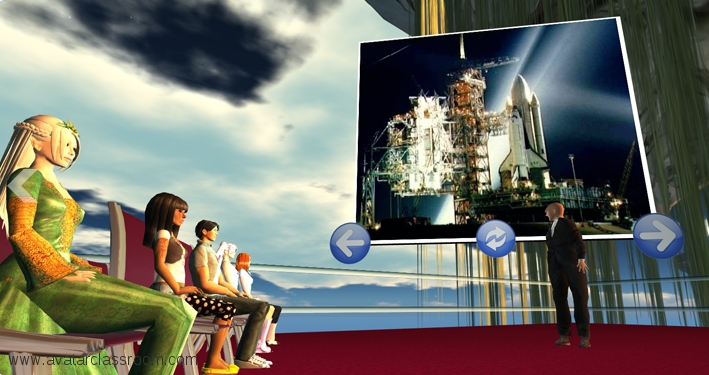Augmented Reality (AR) is revolutionizing education, offering students an immersive, hybrid learning environment that blends the digital and physical worlds. Unlike Virtual Reality (VR), which isolates users, AR enhances real-world experiences, making it a more practical and engaging tool for classrooms. This article explores how AR is set to dominate education, why VR struggles to meet educational needs, and the latest AR gadgets teachers can integrate into their classrooms.
The Rise of AR in Education
1. Hybrid Learning Redefined
AR allows students to interact with digital content while staying grounded in the physical world. This hybrid approach fosters:
- Interactive Learning: Students can manipulate 3D objects, explore virtual ecosystems, or visualize historical landmarks in real-time.
- Collaboration: AR encourages group activities where students share augmented experiences in the same environment, unlike VR, which often isolates learners.
2. Enhanced Engagement
AR transforms static content into dynamic experiences, such as:
- Exploring the Solar System: Students can walk around planets projected into the classroom.
- Studying Anatomy: AR apps like Complete Anatomy allow students to explore the human body in 3D.
3. Accessibility
AR is more accessible than VR. It works on devices most schools already have, like tablets and smartphones, making it cost-effective and easier to implement.
Why VR Isn’t Working for Education
1. Isolation and Physical Disconnection
VR creates a fully immersive environment that disconnects users from their surroundings. This isolation hinders collaboration, a cornerstone of effective education.
2. High Costs and Hardware Requirements
VR demands expensive headsets, powerful computers, and dedicated spaces. Many schools lack the budget or infrastructure to support this.
3. Limited Practical Applications
While VR excels in specific scenarios like flight simulation, its applications in day-to-day classroom settings are limited compared to AR’s versatility.
AR Gadgets and Tools for Educators in 2025
Here are some cutting-edge AR tools that teachers can use to transform their classrooms:
1. Microsoft HoloLens 2
- Features: Mixed reality headset that overlays holograms onto the real world.
- Applications: Create virtual labs, historical recreations, and collaborative projects.
- Link: Microsoft HoloLens 2
2. Merge Cube
- Features: A handheld cube that interacts with AR apps to display 3D models.
- Applications: Ideal for exploring geometry, anatomy, and science experiments.
- Link: Merge Cube
3. Google ARCore
- Features: An AR platform for Android devices that enables location-based learning.
- Applications: Use it to create interactive lessons where students explore AR maps or historical reconstructions.
- Link: Google ARCore
4. Apple ARKit
- Features: AR development tools for iPads and iPhones.
- Applications: Apps like JigSpace use ARKit for visualizing complex topics like engineering or biology.
- Link: Apple ARKit
5. zSpace
- Features: AR-enabled laptops that allow students to interact with 3D models without headsets.
- Applications: Perfect for STEM education, zSpace offers immersive virtual dissections and engineering simulations.
- Link: zSpace
6. Pico Augmented Reality Glasses
- Features: Lightweight AR glasses for education.
- Applications: Teachers can overlay digital information onto real-world objects, enabling immersive learning.
- Link: Pico AR Glasses
The Future of Learning: AR at the Forefront
AR is more than just a trend; it’s reshaping the way we teach and learn. By enabling hybrid environments, fostering collaboration, and making learning more engaging and accessible, AR is positioned to become the cornerstone of modern education.
As educators, embracing AR tools is an opportunity to enhance your teaching methods and prepare students for a technologically advanced future. Start exploring the possibilities of an augmented world learning center today, and be at the forefront of educational innovation.
Let the future begin—augmented and extraordinary!



